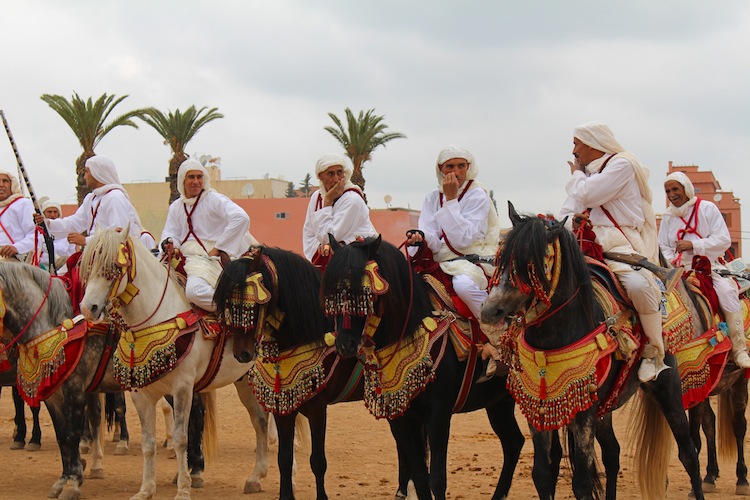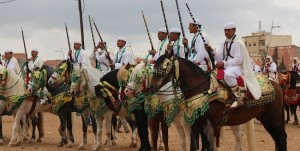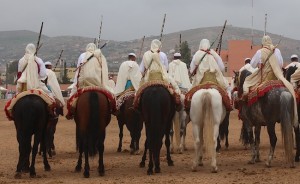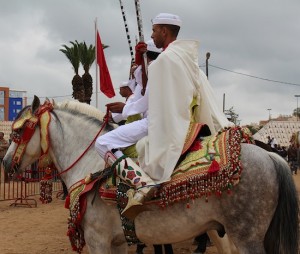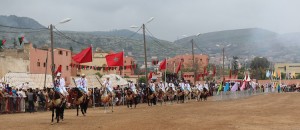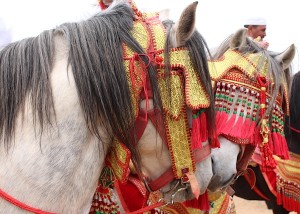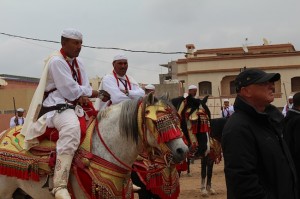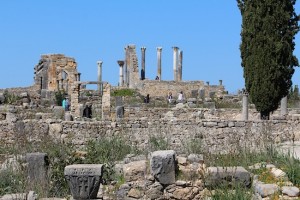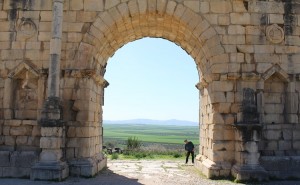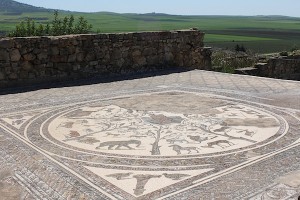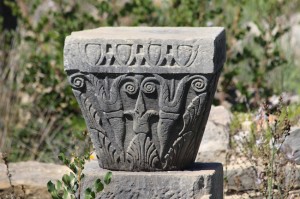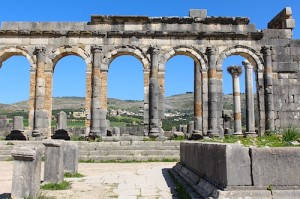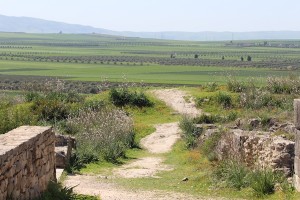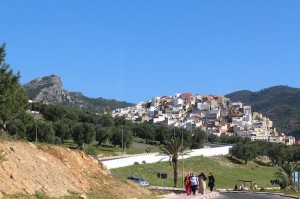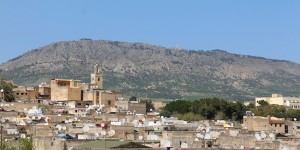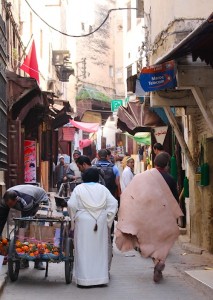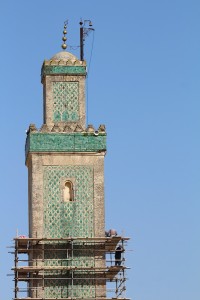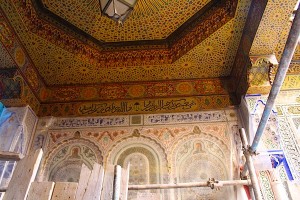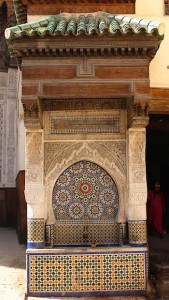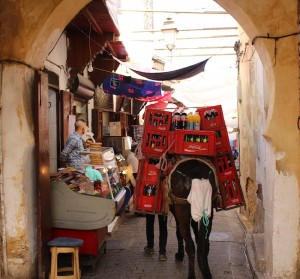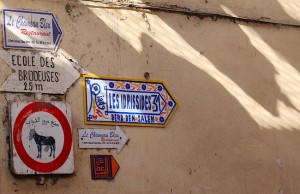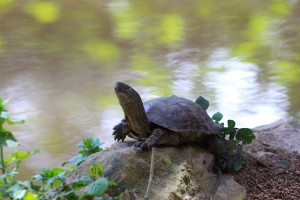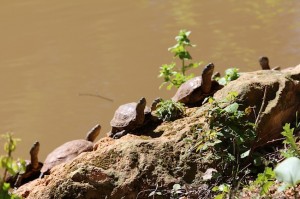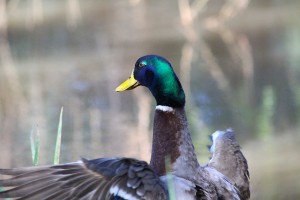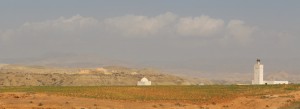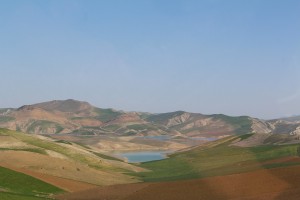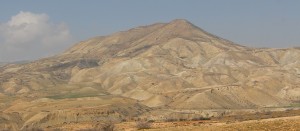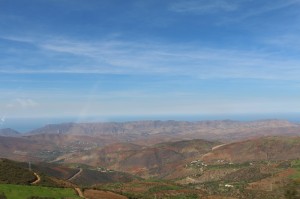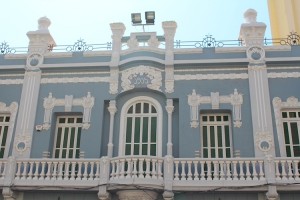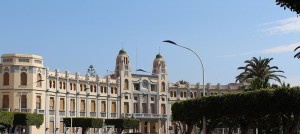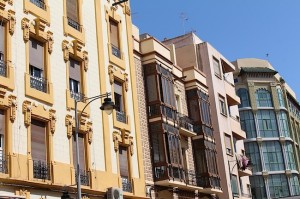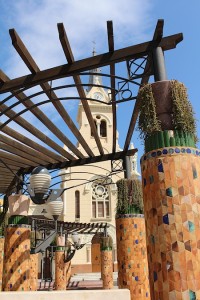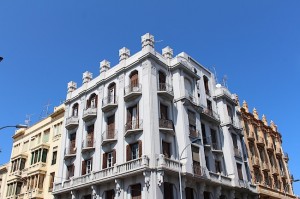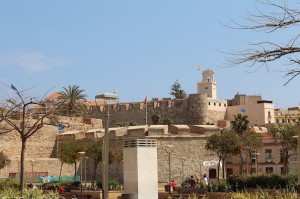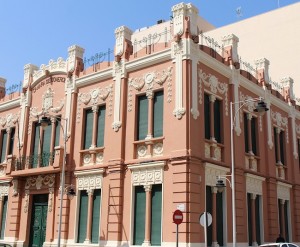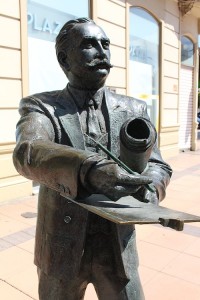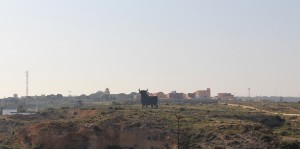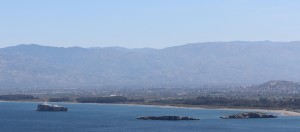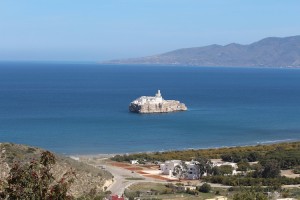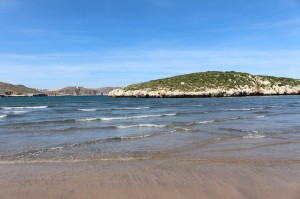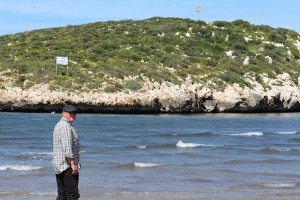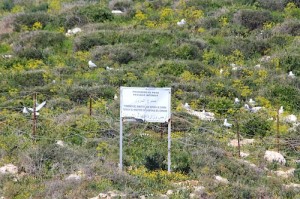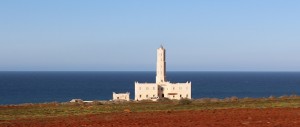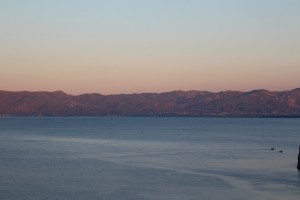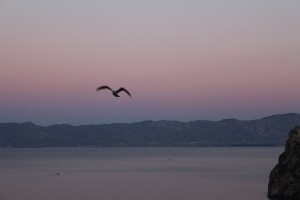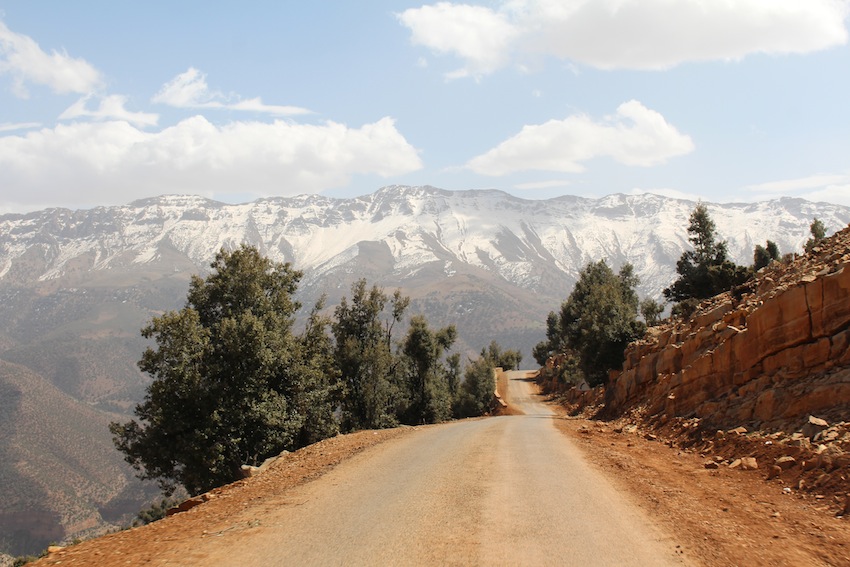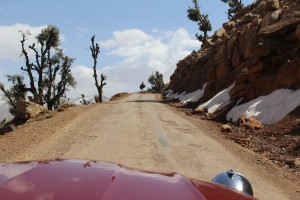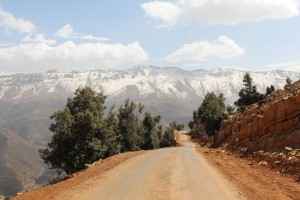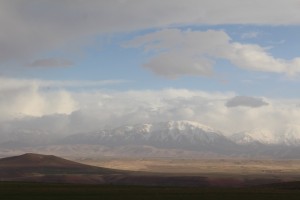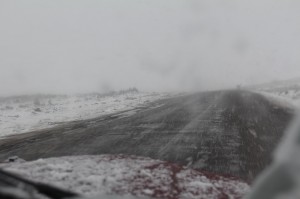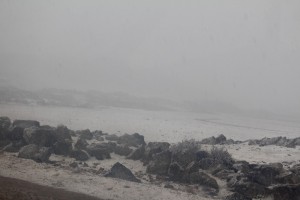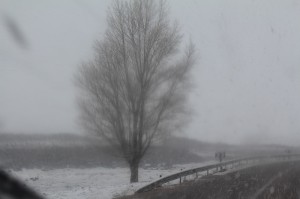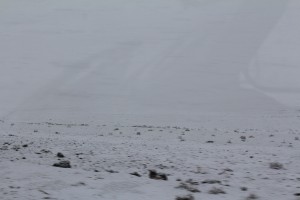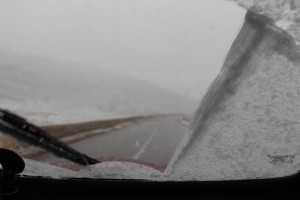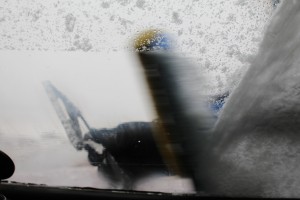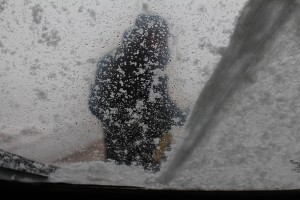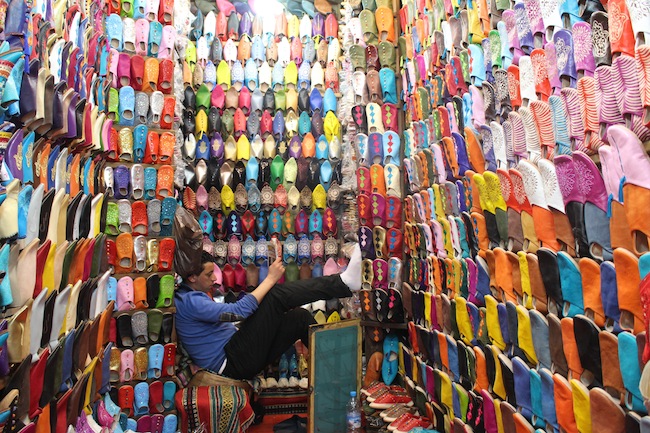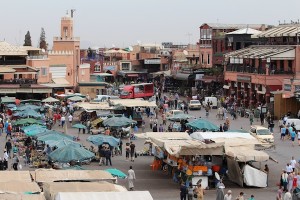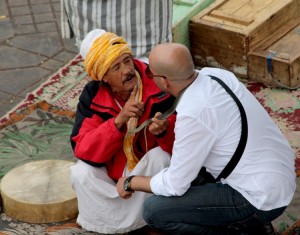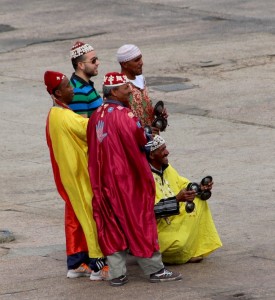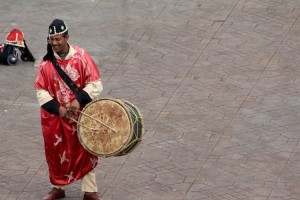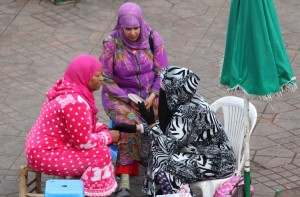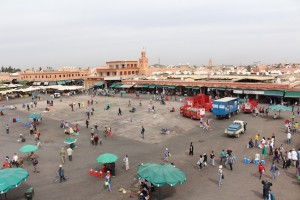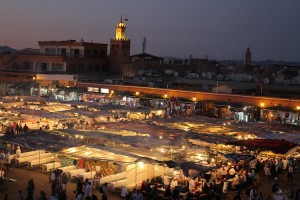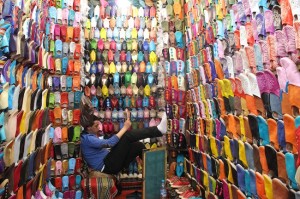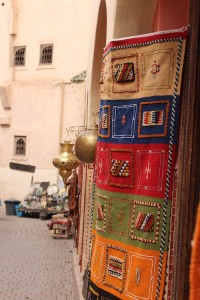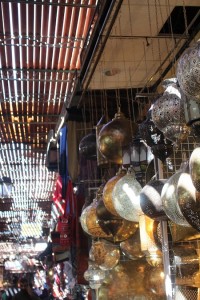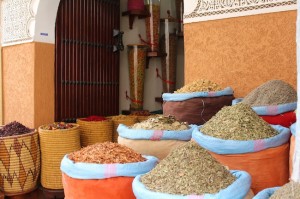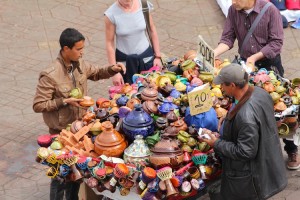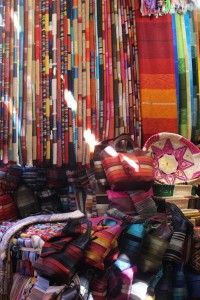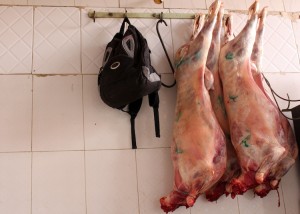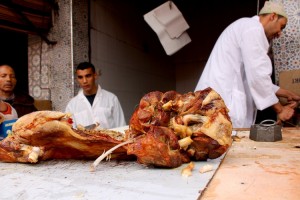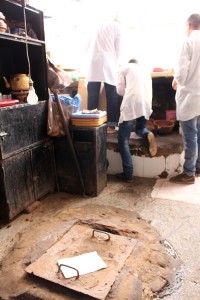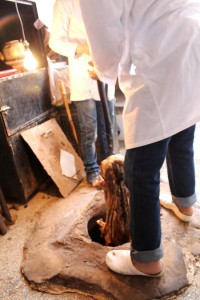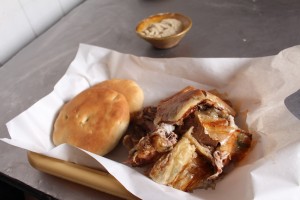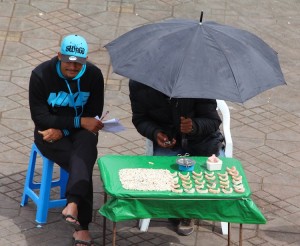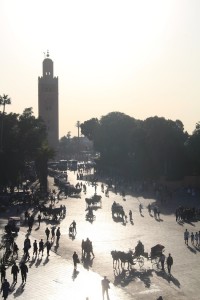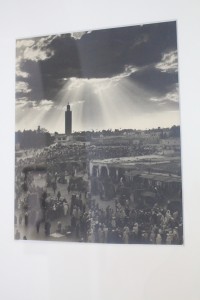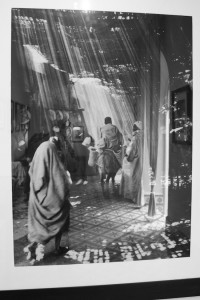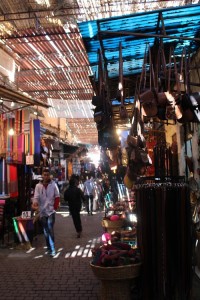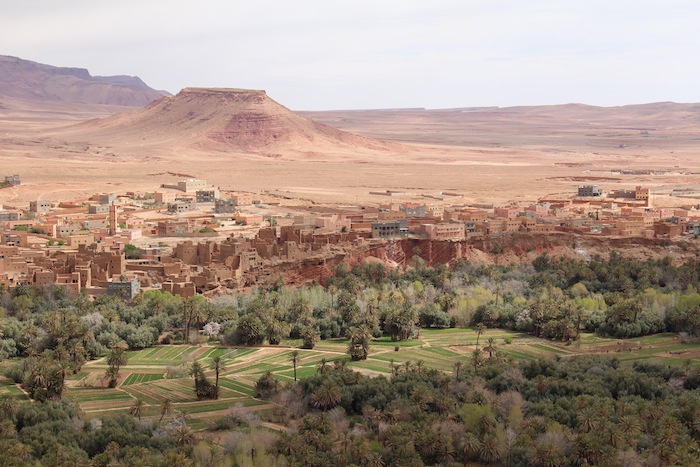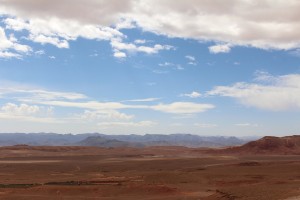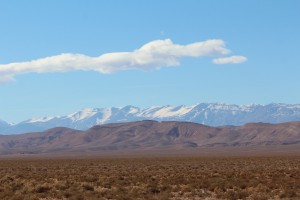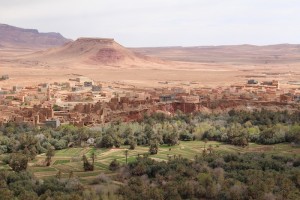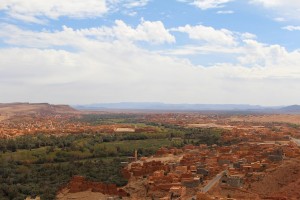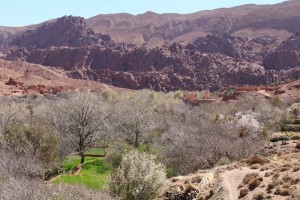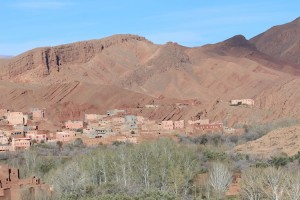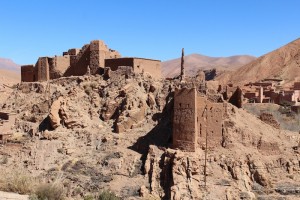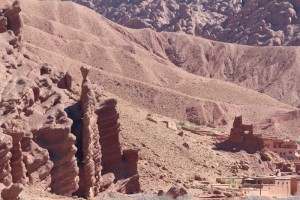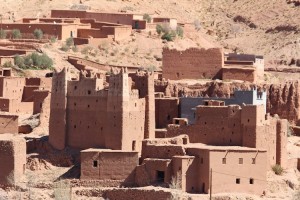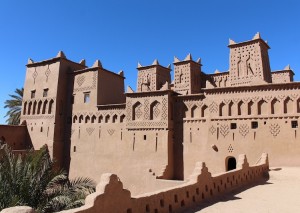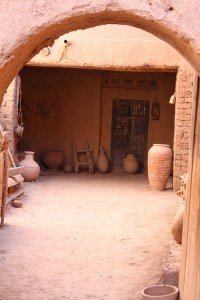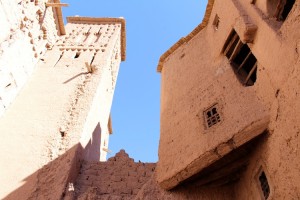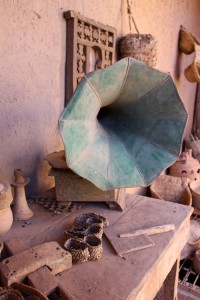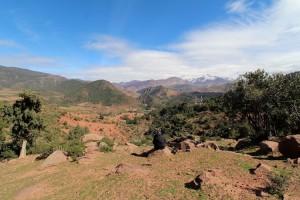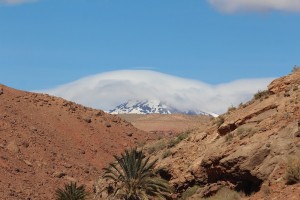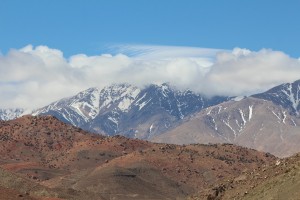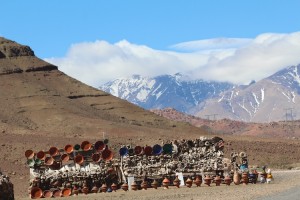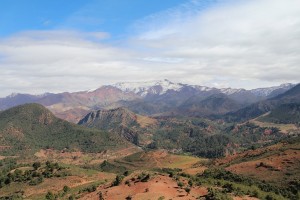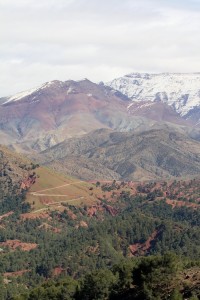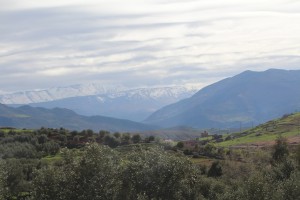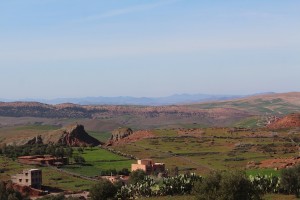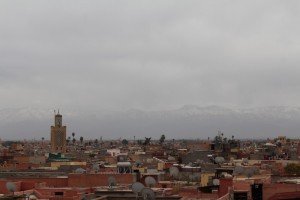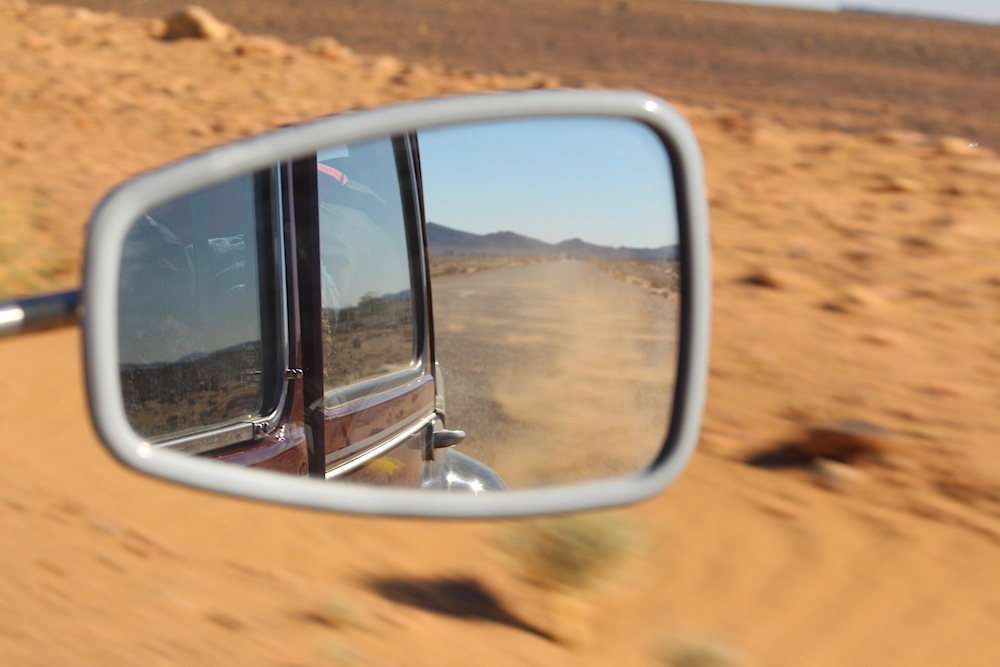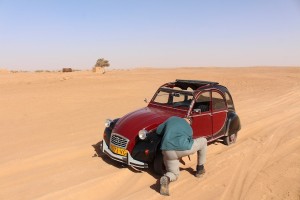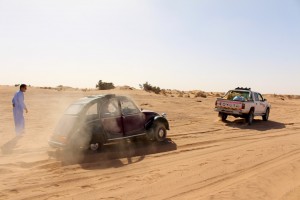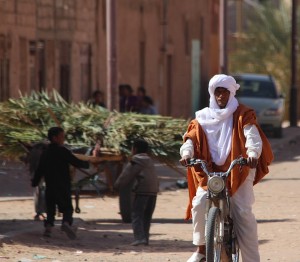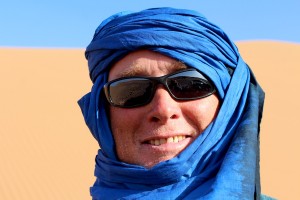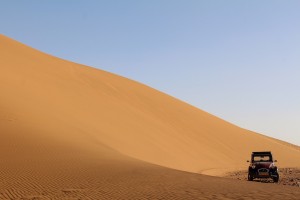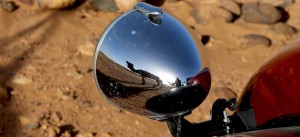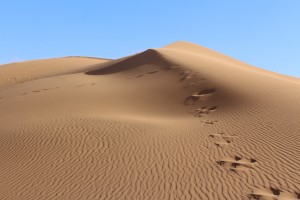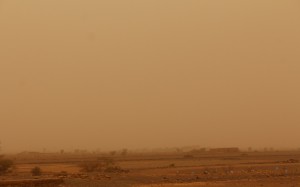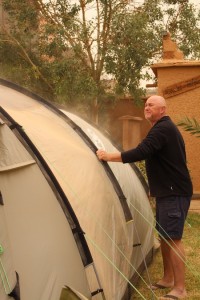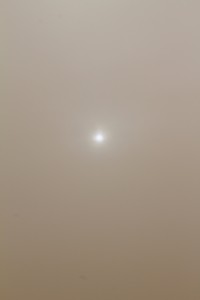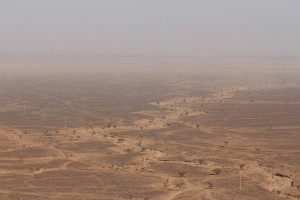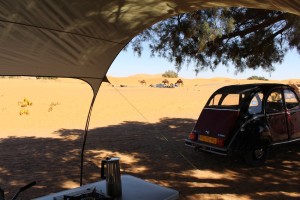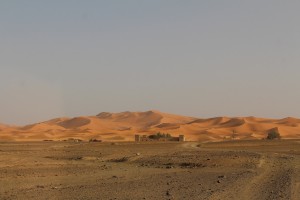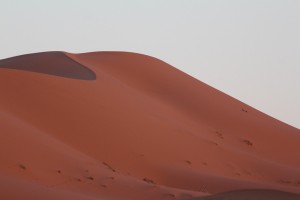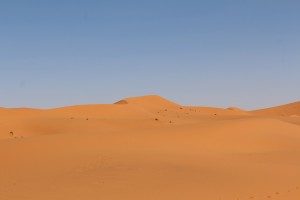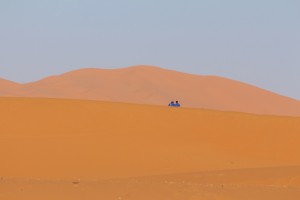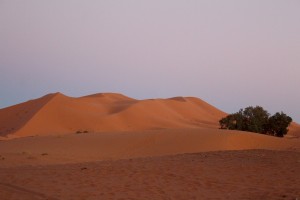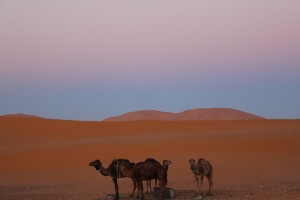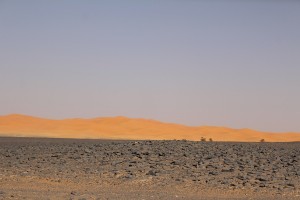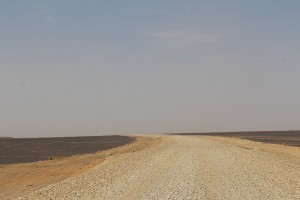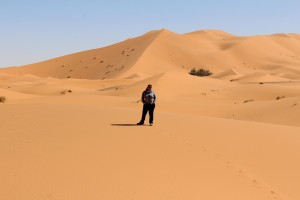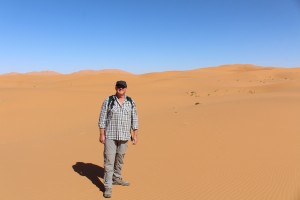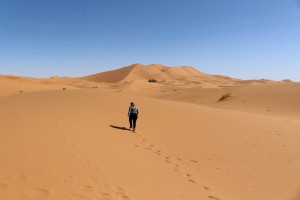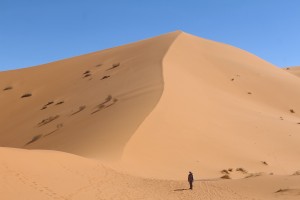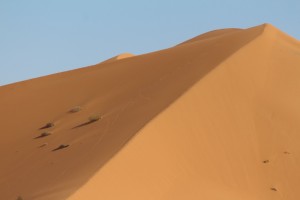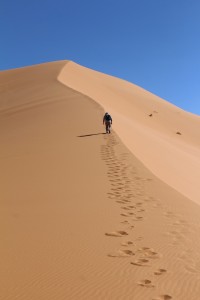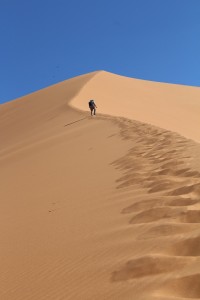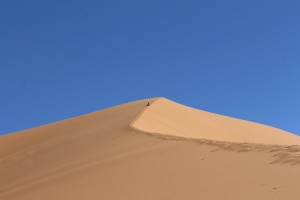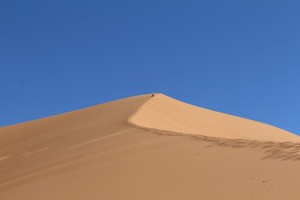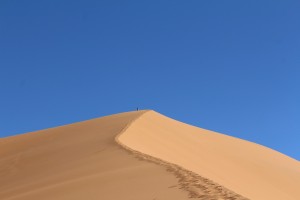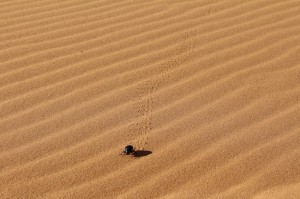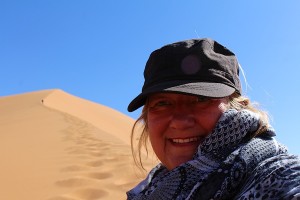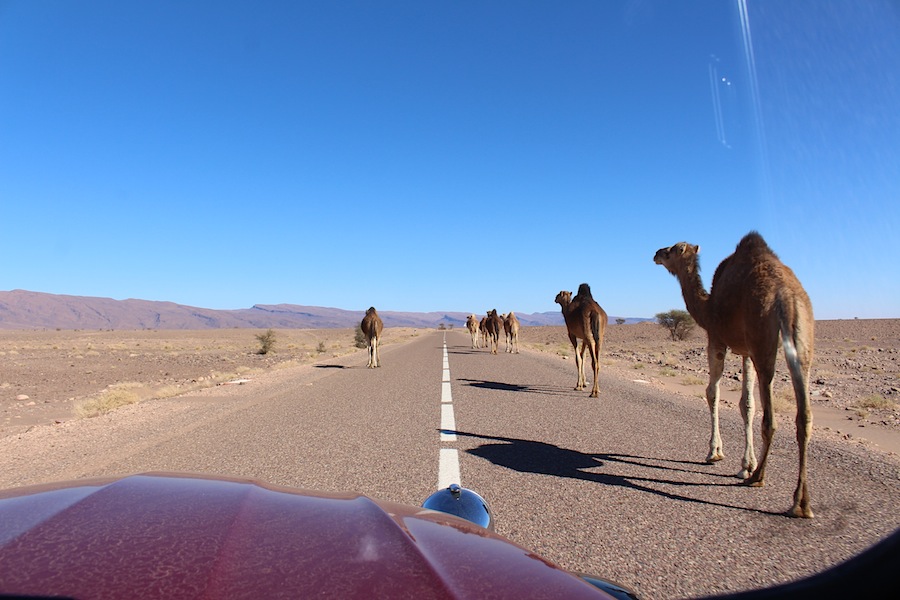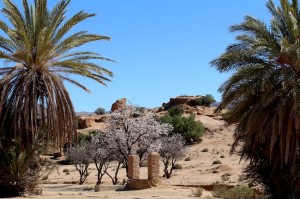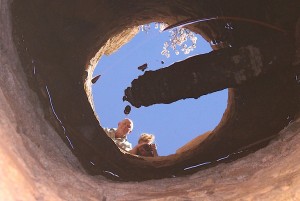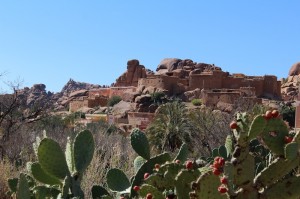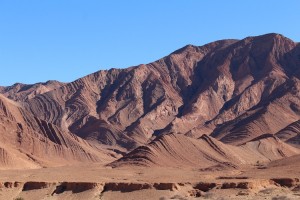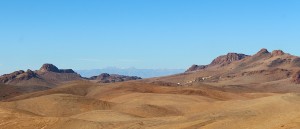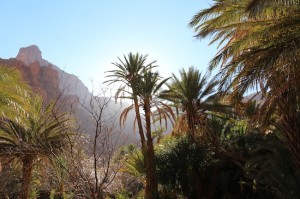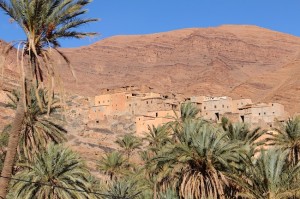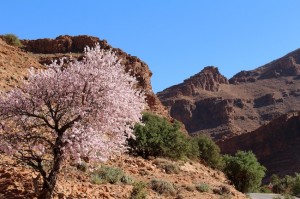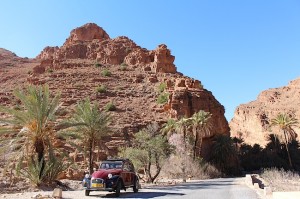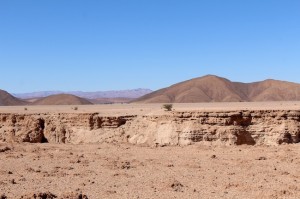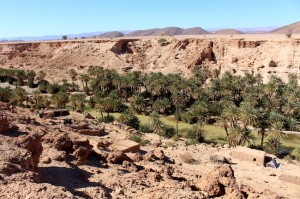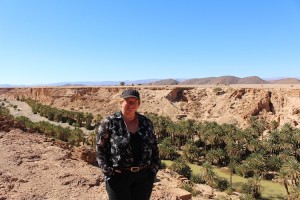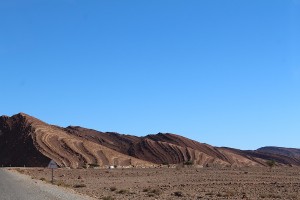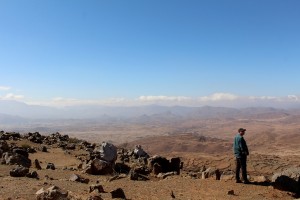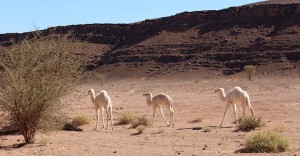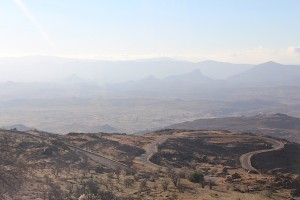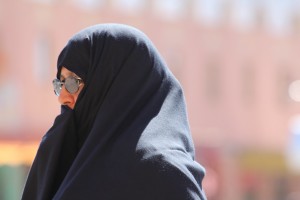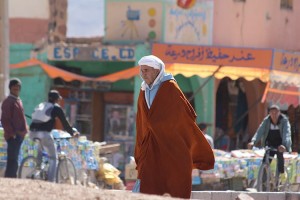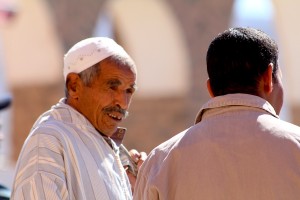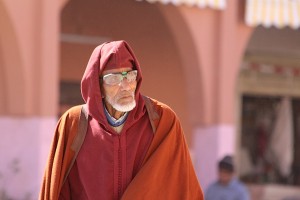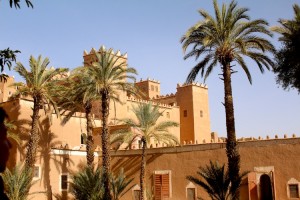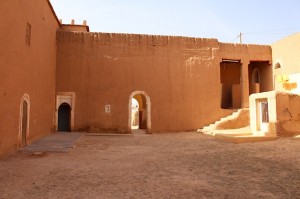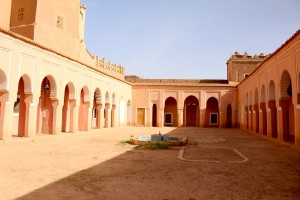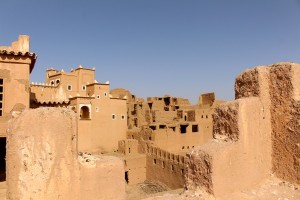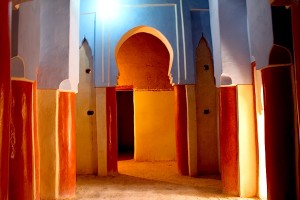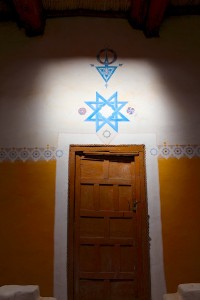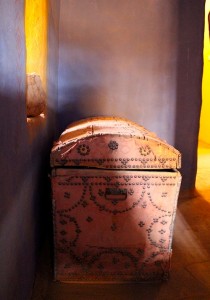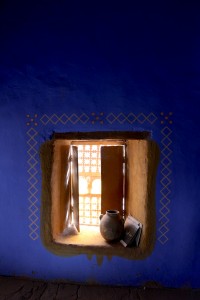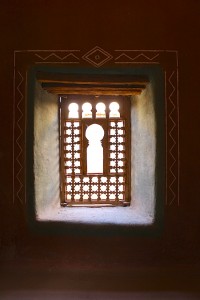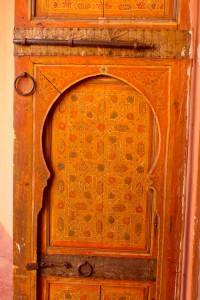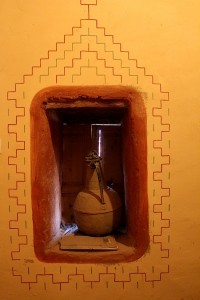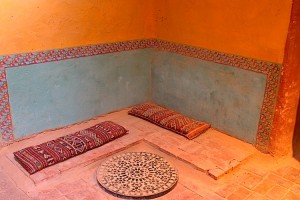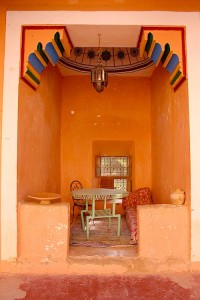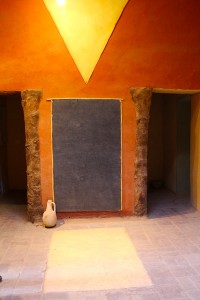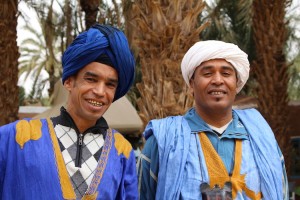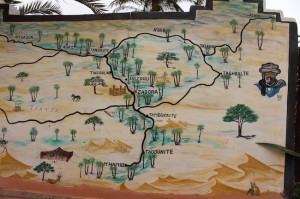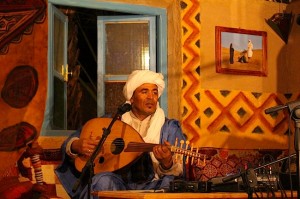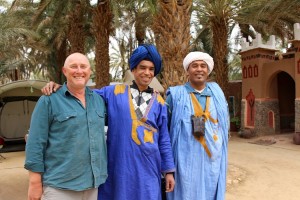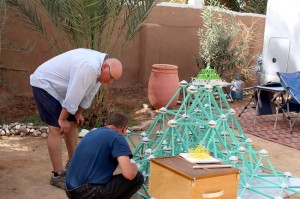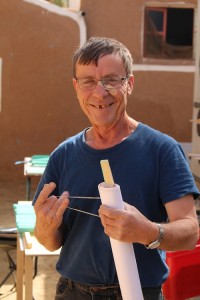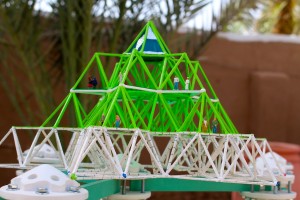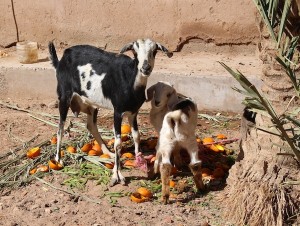When is Morocco not Morocco? About the same time that the Mediterranean isn’t the Mediterranean. Confused? Don’t worry, all will be revealed, but first – bring on the horses.
Fantasias are traditional Berber horse-riding festivals and we were lucky enough to happen upon one as we made our way northwards toward Fes. There must have been more than a hundred horses and riders – with both man and beast decked out in their finest. The main event showcases the riders skill in keeping the horses in close formation while standing high in the stirrups and galloping the length of the field, before blasting off a round of musket-fire. It was quite a show!
The Berber tradition goes back generations. Equally ancient are the Roman ruins not far from Fes, known as Volubilis. It is no Pompeii, but still a place of calm atop a green hill and looking down into a valley that has probably barely changed since the legions lived there
Close to Volubilis is the sacred city of Moulay Idriss. Spanning two hills, it is considered to be the most important religious place in Morocco and until recently non-Muslims were not allowed to pass the night there. To be honest, we weren’t wowed and were quite happy to just pass through.
Finally we made it to Fes. People of Fes – Fassis as they are known – think Fes is the best city in Morocco. It certainly looks dramatic, spread across the hillside and the medina, winding its way up, down and around the hillside is a much quieter affair than Marrakech.
The tanneries are famous for the leather goods and infamous for the smell.
Fes boast the Kairaouine university, attached to the Mosque, is the oldest in the world. A huge restoration job is underway for the Mosque.
One of the things that makes Fes medina so much easier to walk around, is that there is no traffic. No mopeds and trolleys dashing past, skimming up against you in the narrow alleys. Only donkeys are allowed into the outer edges of the medina….
But once you move into the heart of the old town, even old faithful is barred.
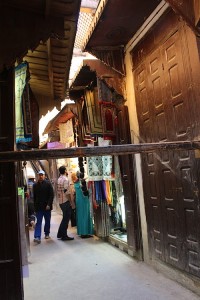
Donkey bars across the alleyways stop traders from bringing loaded animals into the narrowest parts of the city
In Fes we camped by a riverbank, which was lovely. Kingfishers flitted by at high speed; ducks, moorhens and even water rats plied the waters. But we got the most pleasure from the daily appearance of a groups of terrapins, sunning themselves on the warm rocks in the morning, and then floating upstream mid afternoon. His little face says it all!
We left the riverbank and heading for the hills once more as we journeyed even further north. This time we planned to cross the Rif Mountains.
The Rif is famous for being the heatland of Berber resistance to any and all comers over the centuries, but perhaps more recently has becoming equally notorious for being the centre of marijuana production. They call it kif in the Rif and depending which figure you read, they produce anywhere between 45-65% of the world’s supply of hash. That’s really quite an industry.
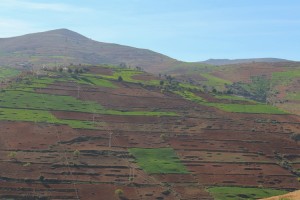
The Rif Mountains are a patchwork of fields, those out of sight produce around half the world’s marijuana harvest
As we drove over the mountains, which are pretty, but don’t have the same raw beauty of the High Atlas, we were flashed by every second car at one point, the not-so-secret signal it would appear, that they have something to sell. There were also police checkpoints on the road and even more along the coast – where the mountain harvest makes its way out of Morocco by the ton.
Once the mountains meet the sea, they also meet Spain. Melilla is a tiny Spanish protectorate jutting out into the sea. The ownership of the land is disputed between Spain and Morocco in a similar way that Gibraltar is wrangled over between the UK and Spain. What Melilla has that makes it worth the tedious, chaotic border crossing, is the most amazing and little-known architectural treasure.
At the turn of the 20th century a young student of Gaudi’s decided to break out and make his own mark. Enrique Neito found himself in Melilla and set about transforming this 12 square kilometers into a Modernist mecca. There are more than 900 buildings of note on this handkerchief sized patch of land, from Classical, Modernisme, Aerodynamic and Art Deco.
One of the slightly less notable constructions is the Osbourne Bull – so you can be left in no doubt that this is Spain!
A little further down the coast is another part of the Spanish Empire.
Three islands, two uninhabited and only 20 metres from shore and the third, a fortified garrison with a terrifying 60 soldiers on stand-by (in bathers if you look closely at the photo), are declared Spanish territory. Never has a claim looked more ridiculous.
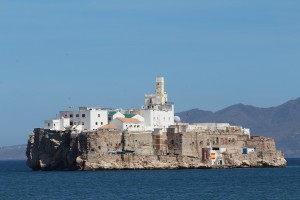
Spain – if you look closely you will see they even have a canon, as well as soldiers in shorts – tough gig defending the empire
This little part of Spain is set in the Mediterranean – well, not really. The waters of northern Morocco (or very southerly Spain, if you insist!) are called the Alboran Sea and are the conduit between the Mediterranean and Atlantic. The waters are home to species from both, including dolphins and turtles.
Until last week we had never heard of the Alboran Sea, never knew that Spain was really in Morocco and that is just a tiny fraction of what we have learned in the last few months. Soon we will be in Italy and who knows what we will discover there. But first we head to Chefchaouen – apparently the most photographed medina in the whole of Morocco – stand by for more photos!

